Halleluja, Christ ist erstanden (Halleluja. Christ ist erstanden)
Chorale concert
-
Ships in 2 to 3 weeks
Details
Description
SKU: CA.1002700
Chorale concert. Composed by Michael Praetorius. Edited by Uwe Wolf. This edition: urtext. Stuttgart Urtext Edition. Halleluja, Christ Ist Erstanden. Sacred concertos, Sacred vocal music, Praise and thanks. Full score. 24 pages. Duration 8 minutes. Carus Verlag #CV 10.027/00. Published by Carus Verlag (CA.1002700).ISBN 9790007171728. Text language: German.
The collection "Polyhymnia Caduceatrix & Panegyrica" of 1619 is rightly regarded as the high point in Michael Praetorius's output. It combines "Solennische Friedt- und Frewden-Concert:" which Praetorius as a travelling musician had composed largely for festive occasions - he writes of "Kayser: Konig: Chur: vnd Furstlichen zusammen Kunfften" - and also for "furnehme Capellen vnd Kirchen". In these chorale concerti the highly modern, Italian style and the Protestant chorale combine and form a symbiosis which showed the way forward for the history of German music. The chorale settings draw on influences from Venetian polychoral music, use ritornelli and employ obbligato instruments in a way which is beyond compare, even in contemporary Italy. Here we see a quite different side of the master from the composer of "Es ist ein Ros entsprungen". And above all, Praetorius always remains a practical musician who ensures that these breathtaking choral concerti can also be effectively performed with smaller forces, sometimes considerably reduced ones. Praetorius gives the verses of the well-known Easter hymn "Christ ist erstanden" to the concertists (soloists or small choir), who can perform these in alternating scorings. At the beginning, between the verses, and at the end, a magnificent Halleluja occurs as a ritornello, which can be performed by up to 5 choirs - ad lib, of course.
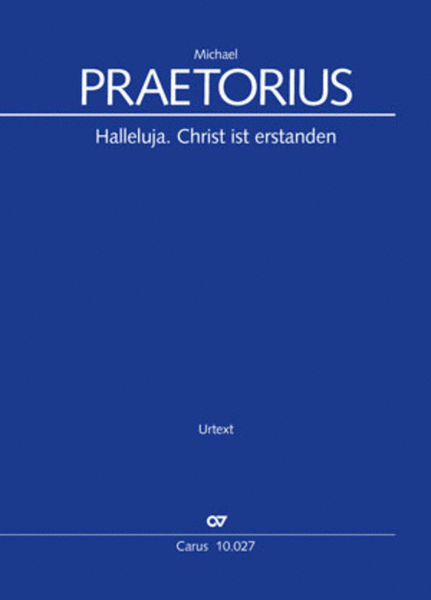
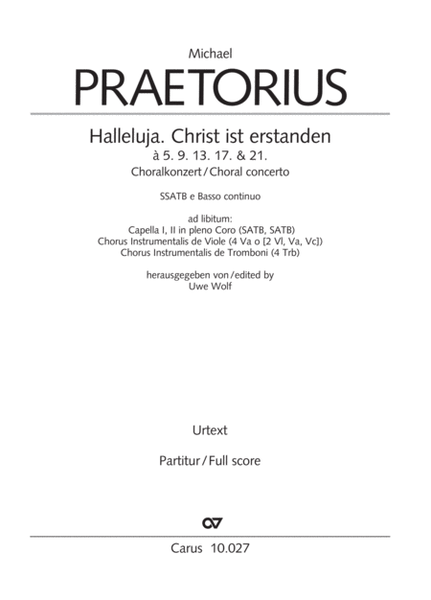
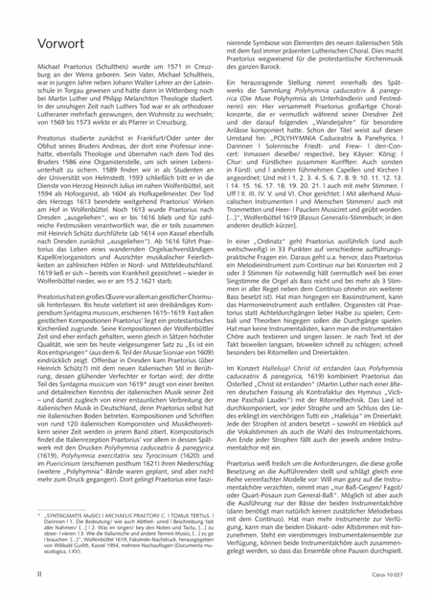
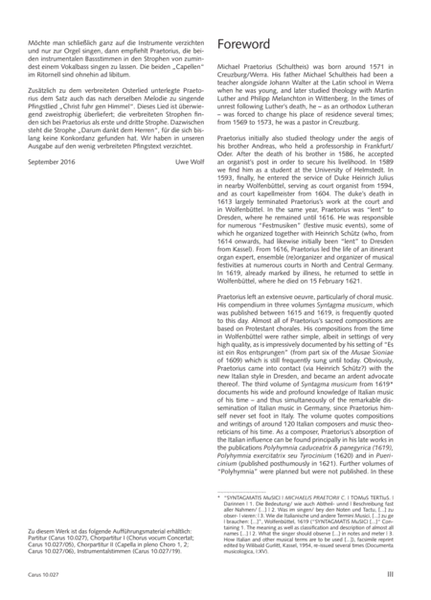
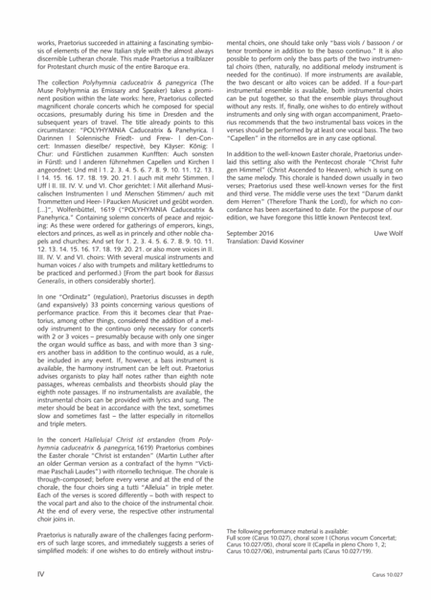
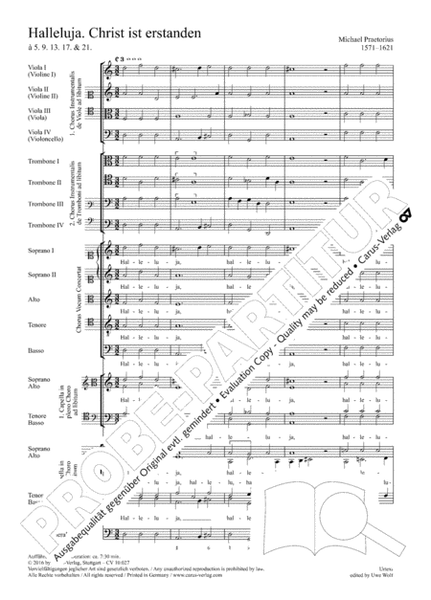
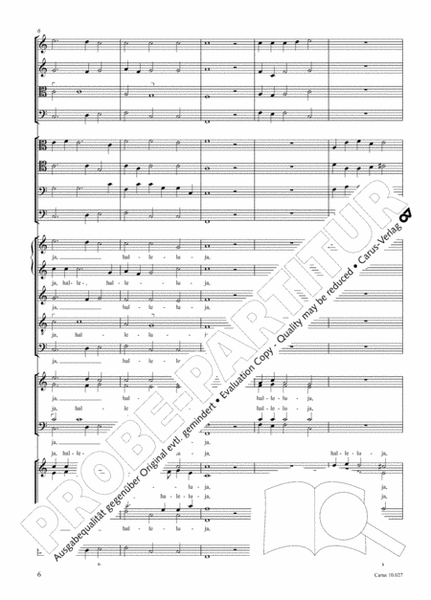
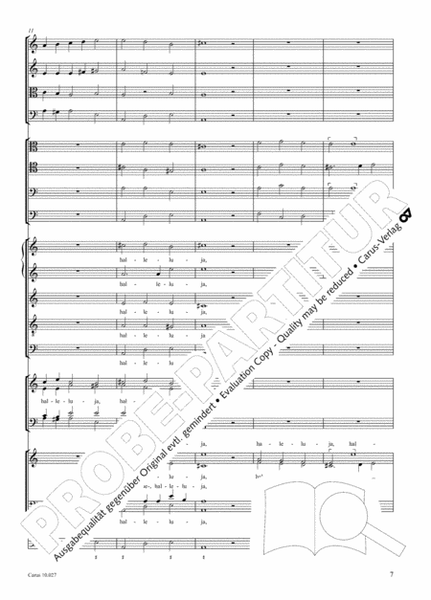
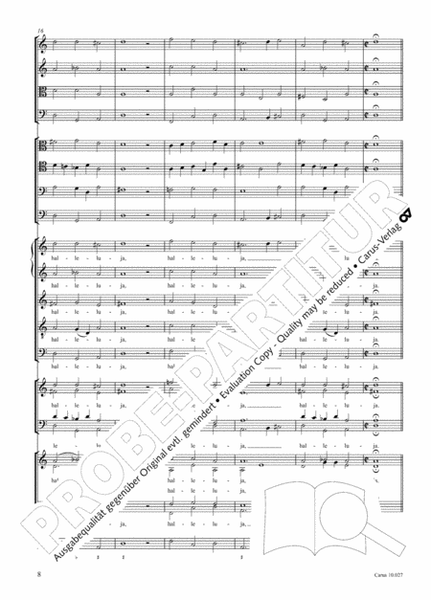
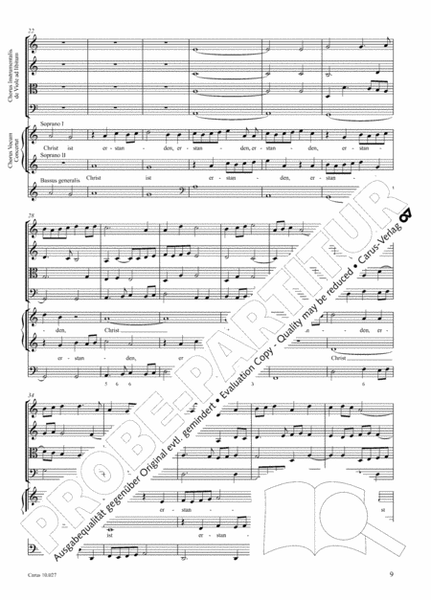
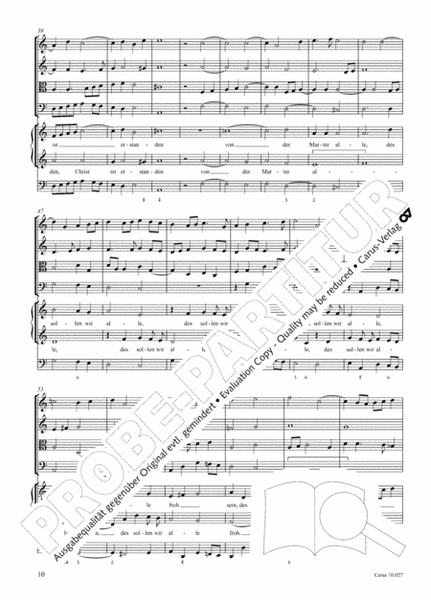
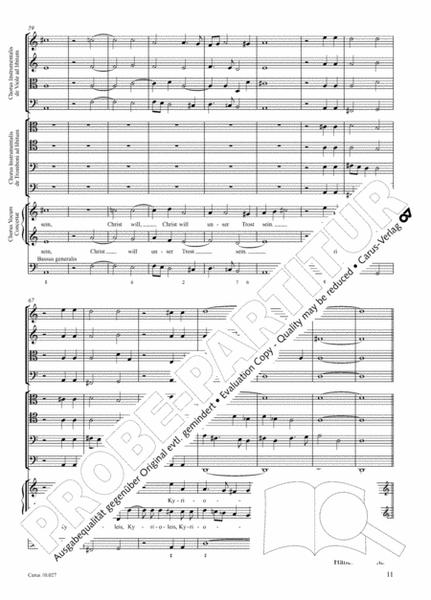
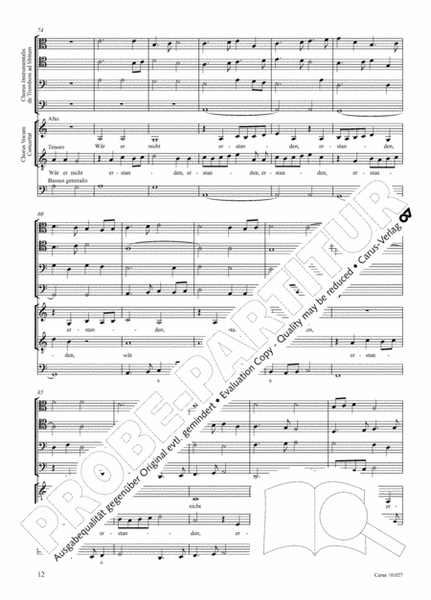
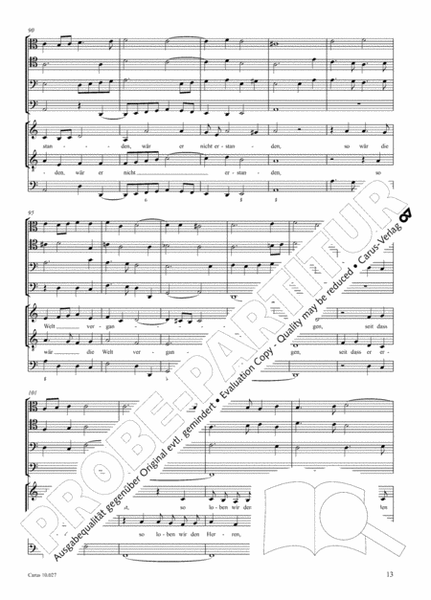
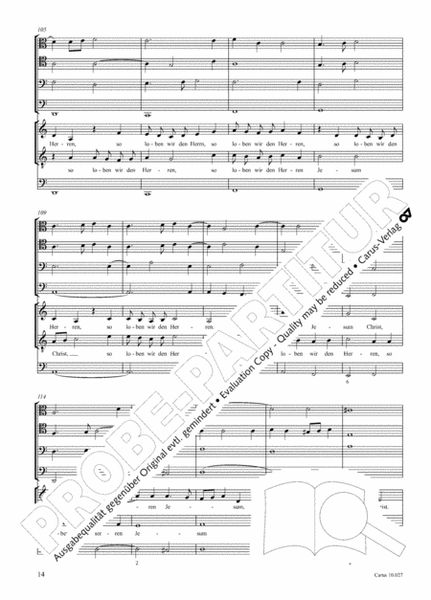
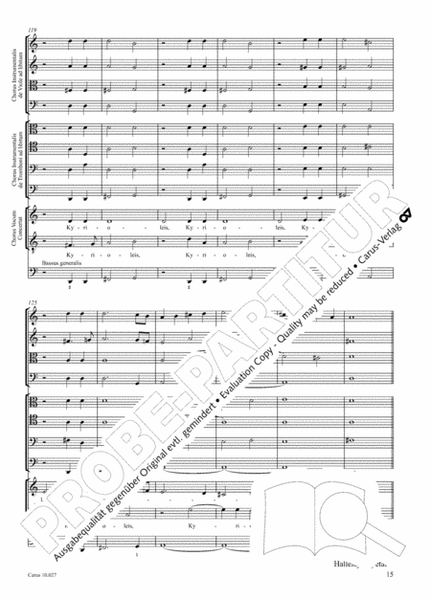
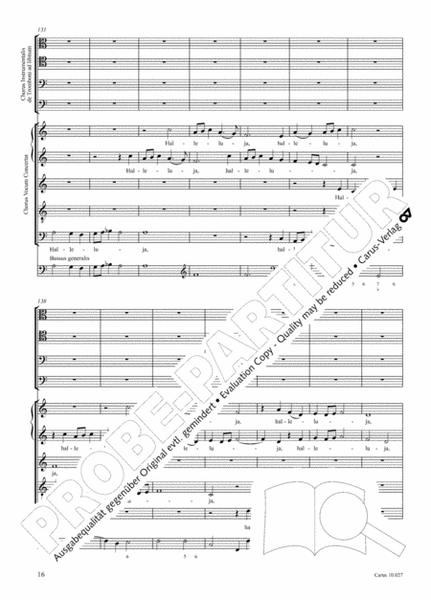
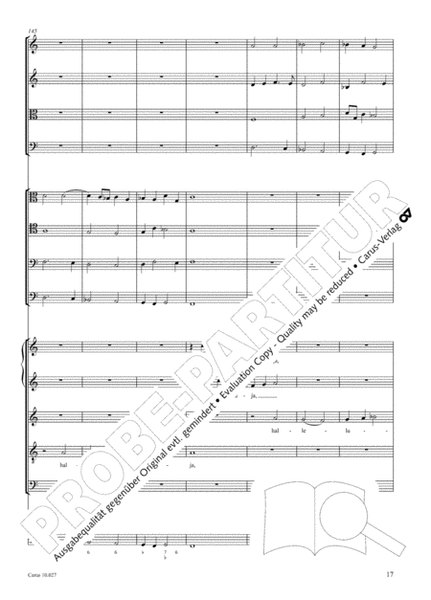
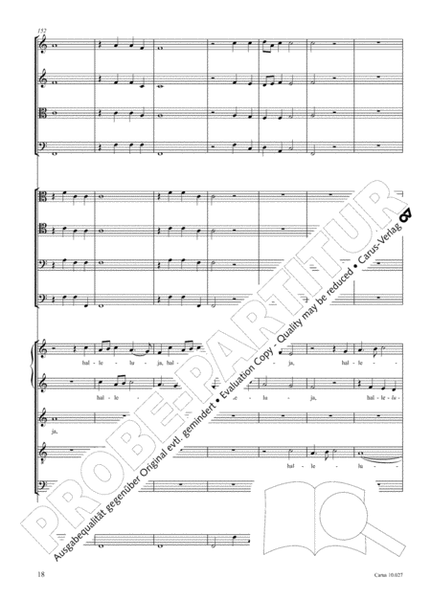
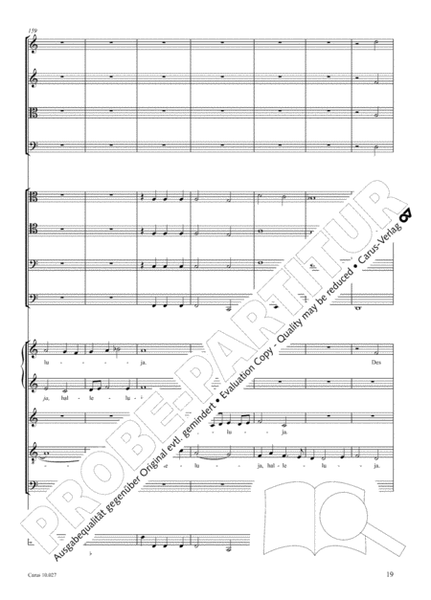
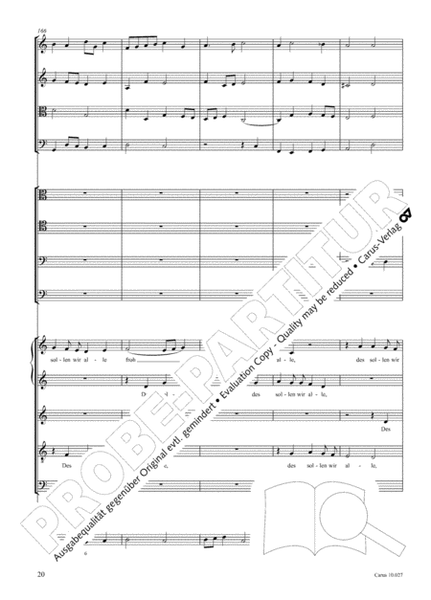
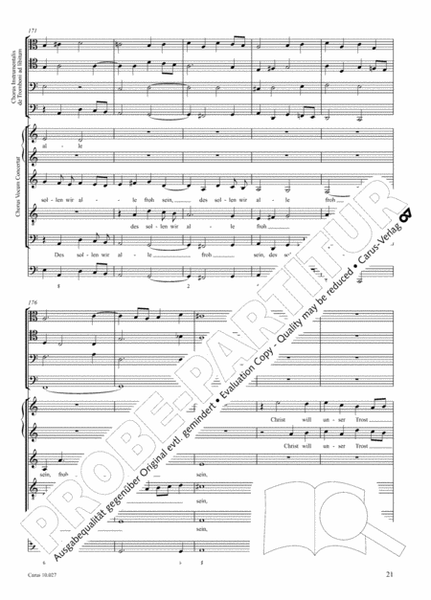
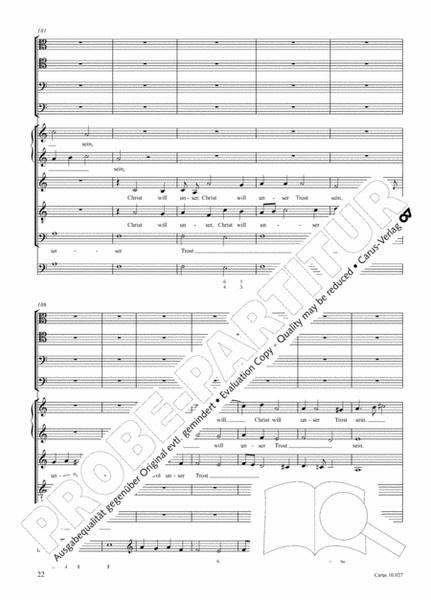
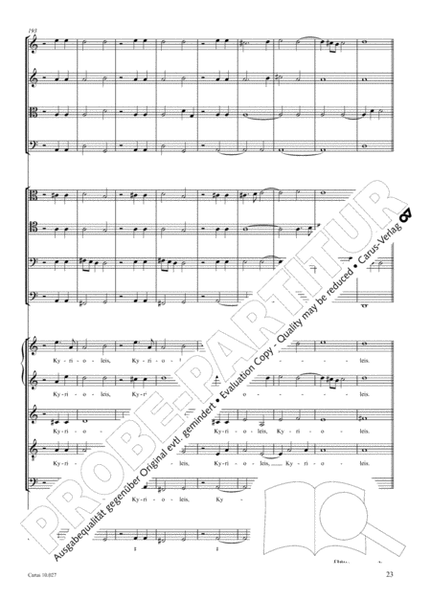
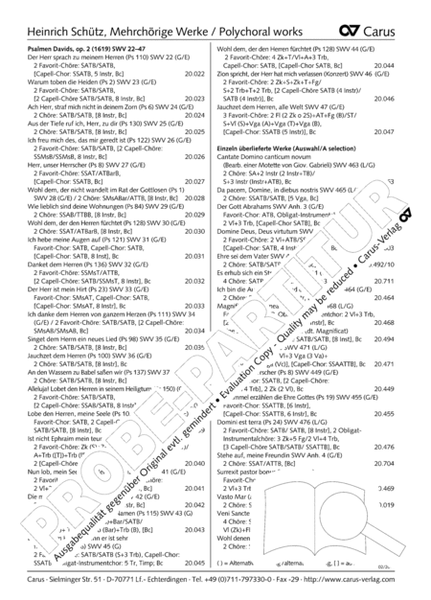
 Share
Share